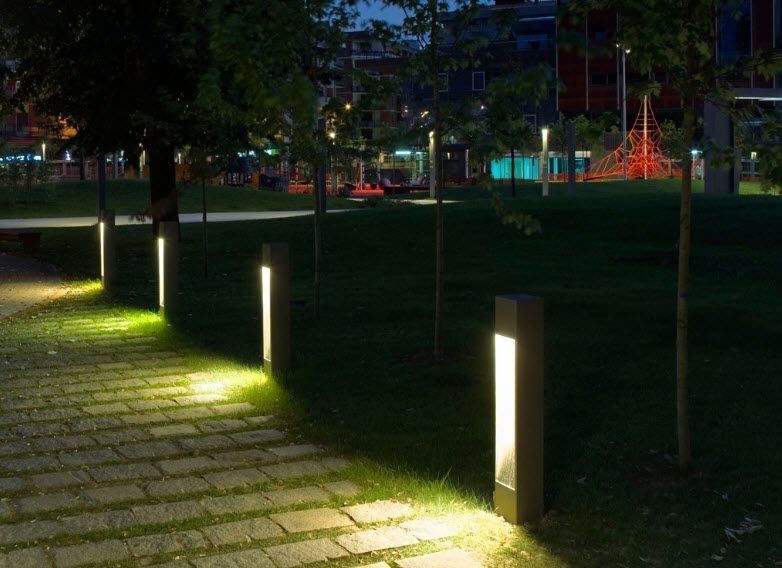Hi, I finally decided to replace the blown bulbs in my two outdoor tungsten halogen floodlights yesterday (with separate PIR controls), so I purchased some new bulbs from my local diy store (2 x 400W, which are equivalent to the old 500W). I spent half an hour shifting all the rubbish in my garage so I could get my ladders out and finally got up to the light at the front of the house, only to find it was in a very poor shape - very rusty and it looked like the glass seal may have failed. I then spent the next half an hour trying to unscrew the rusty bolts/screws to remove it.
After another visit to the DIY store to purchase a replacement, I was advised that I might consider trying a LED floodlight as they would last much longer and tend to be more resilient units. Unfortunately, they didn't stock them, but could get hold of a 30W LED floodlight within a week. I left the DIY store empty handed.
After much research, I've come to the conclusion that LED floodlights are very expensive and don't give out enough light, however, I've just found the following that appears to provide a solution, but I'm very sceptical:
http://www.brightlightz.co.uk/products/led-smd-50w-super-bright-floodlight-in-day-white-500w-halogen
I believe that the 400W tungsten halogen bulbs produce something around 9,000 lumens and I can purchase a replacement floodlight unit for around £10 to £25, although I suspect, like my current fittings, it will only last 3-4 years before rusting up and the halogen bulbs will need to be replaced regularly.
For a LED floodlight that produces around 9,000 lumens I would need to get something around 150W and they cost hundreds of pounds and appear to be huge!
I've seen a few websites comparing 50W, 70W or 100W LED lights with 500W halogen lights and I don't understand how they can be similar given the huge differences in lumens.
Am I missing something? Is it worth paying extra for LED? Will I be disappointed with the brightness of a 50W floodlight, compared to a 400W halogen light?
Thanks in advance.
After another visit to the DIY store to purchase a replacement, I was advised that I might consider trying a LED floodlight as they would last much longer and tend to be more resilient units. Unfortunately, they didn't stock them, but could get hold of a 30W LED floodlight within a week. I left the DIY store empty handed.
After much research, I've come to the conclusion that LED floodlights are very expensive and don't give out enough light, however, I've just found the following that appears to provide a solution, but I'm very sceptical:
http://www.brightlightz.co.uk/products/led-smd-50w-super-bright-floodlight-in-day-white-500w-halogen
I believe that the 400W tungsten halogen bulbs produce something around 9,000 lumens and I can purchase a replacement floodlight unit for around £10 to £25, although I suspect, like my current fittings, it will only last 3-4 years before rusting up and the halogen bulbs will need to be replaced regularly.
For a LED floodlight that produces around 9,000 lumens I would need to get something around 150W and they cost hundreds of pounds and appear to be huge!
I've seen a few websites comparing 50W, 70W or 100W LED lights with 500W halogen lights and I don't understand how they can be similar given the huge differences in lumens.
Am I missing something? Is it worth paying extra for LED? Will I be disappointed with the brightness of a 50W floodlight, compared to a 400W halogen light?
Thanks in advance.


